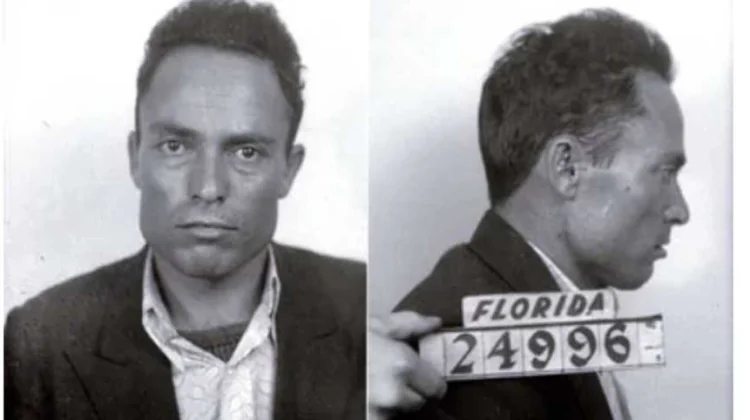The Leftist Who Almost Ended the New Deal
An anti-capitalist revolutionary almost pre-empted America’s lurch toward socialism.

|
Getting your Trinity Audio player ready...
|
The history of American politics has been one of a steady drift to the left and increasing federal centralization ever since Franklin Delano Roosevelt’s New Deal. One leftist, however, almost strangled the New Deal in its cradle, which would have at very least postponed the nation’s lurch toward statism.
The 1932 presidential election gave Americans a grand choice between individual rights and leftist control. Or at least so goes the mythology, and the mythmaking is as old as the election itself. On October 21, 1932, two and a half weeks before the election, incumbent President Herbert Hoover said: “This campaign is more than a contest between two men. It is more than a contest between two parties. It is a contest between two philosophies of government…. The primary conception of this whole American system is not the regimentation of men but the co-operation of free men…. The centralization of government will undermine responsibilities and will destroy the system.”
These were grand words, but hollow: Hoover didn’t really offer an alternative to Roosevelt’s program. In fact, his administration was its precursor. Unlike Hoover, however, Roosevelt was popular. With the economy in the tank and a widely hated president running for reelection, Roosevelt was a shoo-in. He trounced Hoover with 472 electoral votes to the incumbent’s 59. The New Deal was underway. Yet it was very nearly stopped before it began.
On Feb. 15, 1933, which in those days was two and a half weeks before Inauguration Day on March 4, an immigrant from Italy named Giuseppe Zangara went to see President-elect Roosevelt speak in Bayfront Park in Miami. Zangara was only five feet tall, and so he couldn’t get a good view, but as luck would have it, there was a wobbly bench nearby, and he decided to stand on that.
Roosevelt, with Miami Mayor Redmond Gautier and Chicago Mayor Anton Cermak in his entourage, spoke only briefly. When the president-elect was finished speaking, Zangara pulled out a revolver and started firing. Even on the bench, however, he found it difficult to see his target, and stood on his toes. As it happened, however, someone else was on the bench as well: a woman who was only five feet four inches tall herself, but who proved to be stronger than the pint-sized Zangara. As he fired, she grabbed his arm and pushed it upward, and he was unable to shake himself loose from her grip.
Zangara missed Roosevelt altogether. He did, however, fire five times, and ended up hitting Cermak, who later died of his wounds, as well as four others. Quickly apprehended and jailed, Zangara explained his motivation: “I have the gun in my hand. I kill kings and presidents first and next all capitalists.” The prospect of a socialist trying to kill FDR was strange in the extreme, but it appears that Zangara, whose grasp of English was as shaky as the bench he stood on to see his quarry, knew and cared little about Roosevelt’s leftward leanings He was interested in striking at the leader of the capitalist monster known as the United States of America.
When he was sentenced to die in the electric chair, Zangara was defiant, shouting at the judge: “You give me electric chair. I no afraid of that chair! You one of capitalists. You is crook man too. Put me in electric chair. I no care!” One thing he did care about, however, was publicity for his actions, and so he was bitterly disappointed on March 20, 1933, when no cameramen showed up to film his execution for the newsreels. He shouted: “Lousy capitalists! No picture! Capitalists! No one here to take my picture. All capitalists lousy bunch of crooks. Go ahead. Push the button!”
Imagine trying to kill Franklin D. Roosevelt to strike at the “lousy capitalists.” By the time Zangara was executed, FDR had been president for just over two weeks. The Roosevelt administration charged out of the gate in its first hundred days with a large number of initiatives designed to end the Great Depression. The Emergency Banking Act, for example, was the first federal bailout of the nation’s banks and gave the federal government massive new power to regulate the banking system. The steady centralization and growth of the federal government slowed down a few times after that, but didn’t stop after that until the presidency of Donald J. Trump. Giuseppe Zangara, however, came within a few inches of killing the New Deal before it even began.

